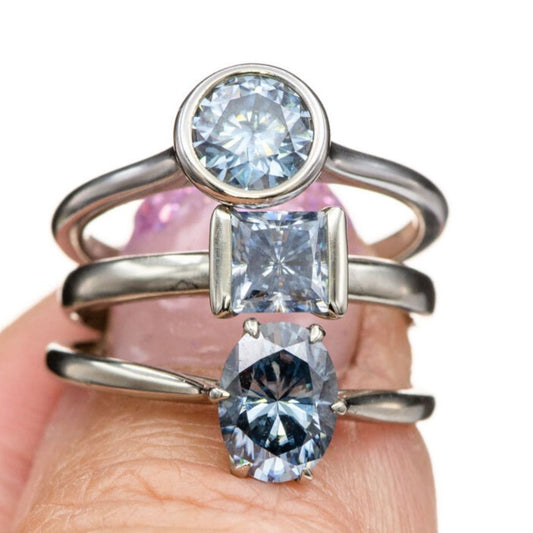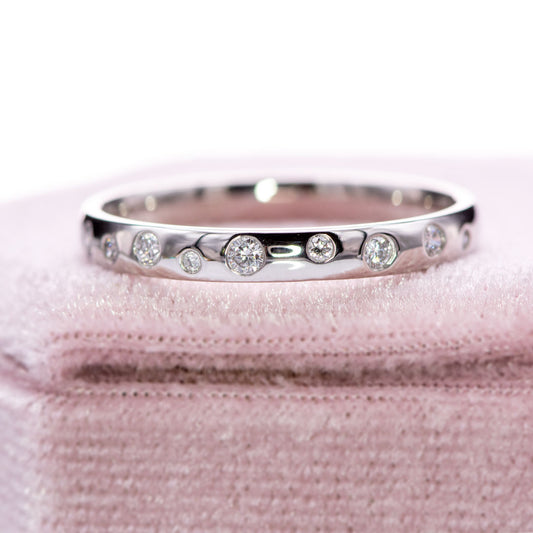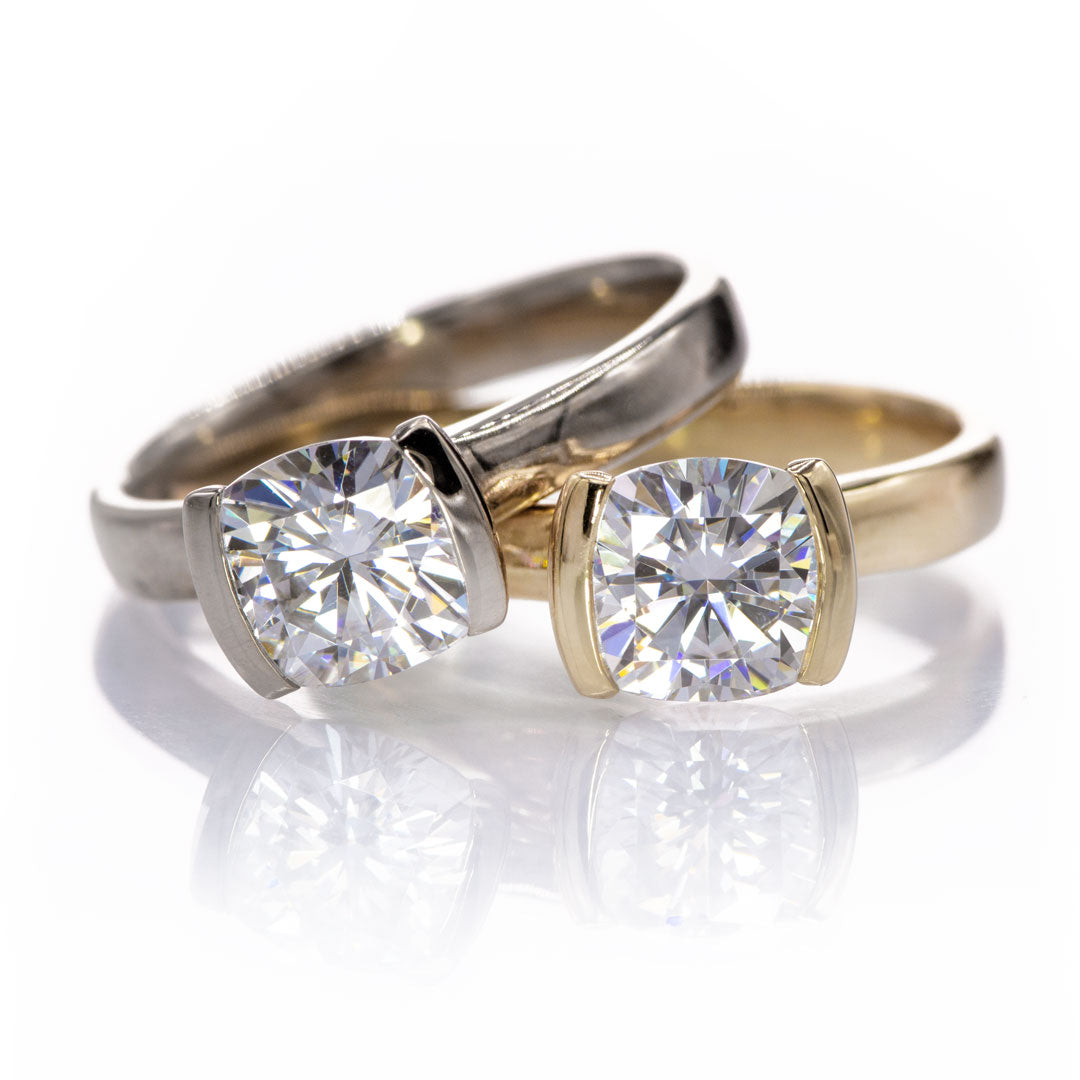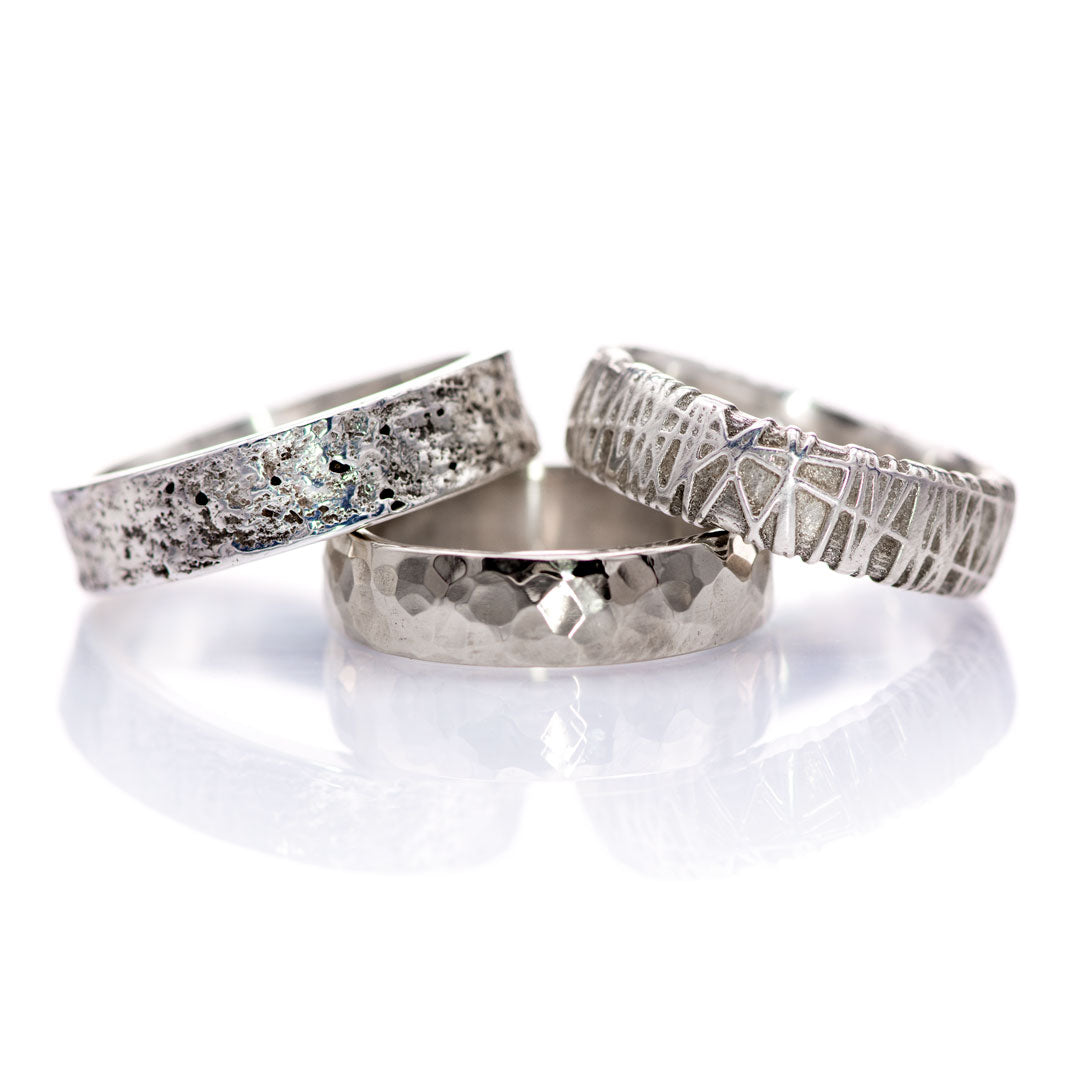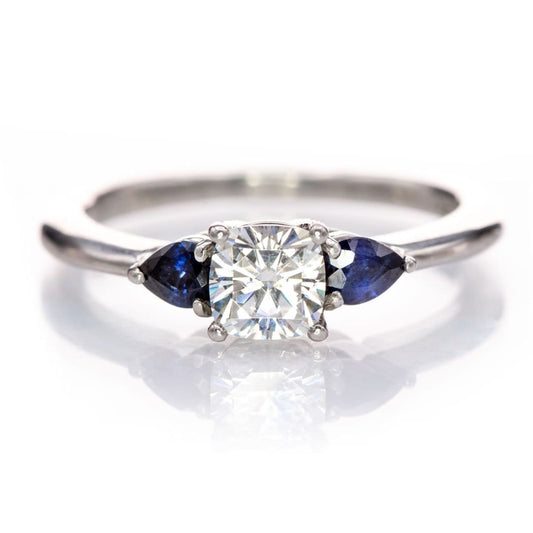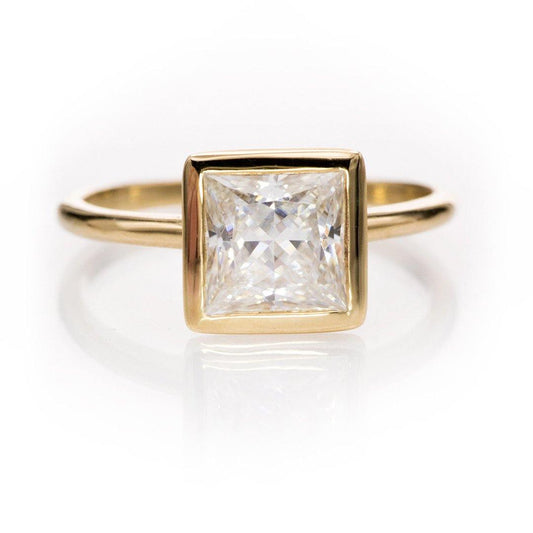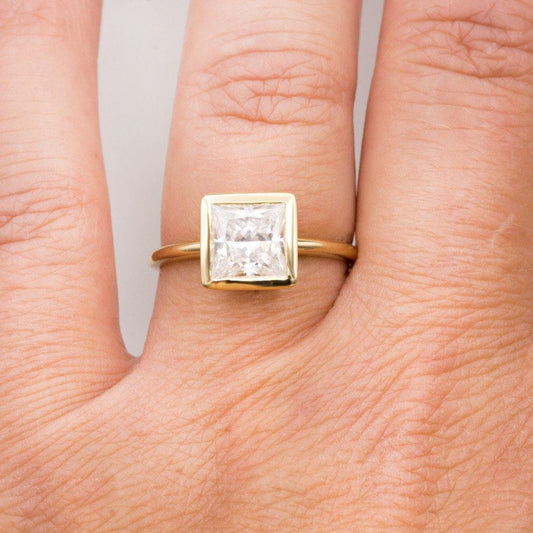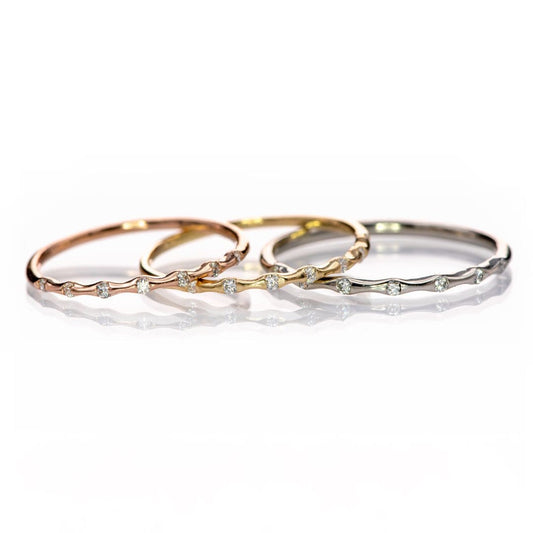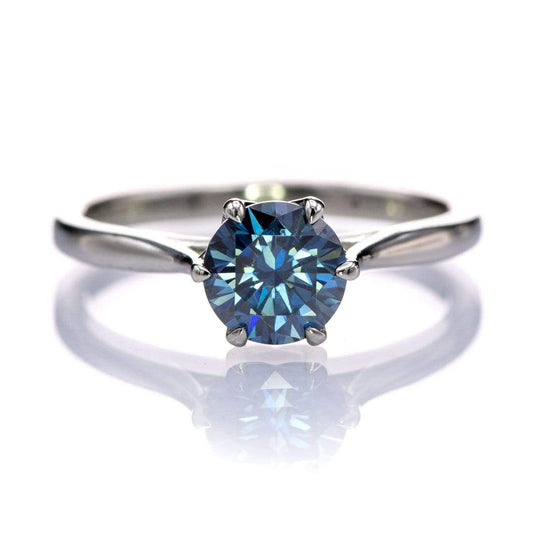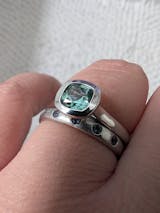EtsyMetal Blog Carnival: Organization
Share
This month's theme for Etsymetal's blog carnival is about organization. How we organize our tools, our shop, and our finished work. Where we keep our art and how it's stored? How we inventory it?

You can't run a successful business without organization. Organization is all about efficiency and productivity and getting things done on time as promised. It's encompasses all parts of the work flow from time management of online orders, keeping track what needs to be done, where it is in the process and when it has to be finished to the actual making process of those pieces using tools and equipment.
I am really good at making a mess whenever I start working on something. There is usually a pile of half finished work and tools on my bench. But my mess still has some organization patters that are probably only obvious to me. I do know where everything is...well most of the time. And if something is not in it's right place, it certainly does throw me off. With the studio move last week my space looks unusually tidy and it's a great time to talk about my organization before I make a mess again.
Top view jewelers bench
Once I signed the lease for my new studio I did plan the studio layout based on my work flow, the furniture already built in and benches and furniture I have. I laid everything out based on the actual room dimensions and proximity to windows, doors, circulation space etc. Being an architect this just comes quite natural to me. After all space layout was part of my job description for many years. I did use a CAD program (Rhino since I had it installed) , drew up the floor plan, my bigger equipment pieces and the furniture I already had, all drawn to actual measurements. Then I started moving things around until it somewhat made sense.
I did make some adjustments once I moved in. There is a certain logic to the layout. It's based on which task need to be in close proximity, which ones create fumes or dust and therefore need to be close to ventilation or be far away from each other. For instance the kiln, soldering station and PUK welder are placed in front of a window to aide fume removal as quick as possible. I don't solder that much that this needs to be right next to my main bench. I don't mind getting up to do that task. Actually I wanted to create a layout that forced me to move around. It's never good to sit in the chair all day long. A repair shop layout would certainly be more focused on productivity and minimize having to get up. But for me speed is not as important. A healthy and relaxed atmosphere is what I am looking for. There are some web sites that explain work flow studio layout in more detail. One would be Benchbusiness.com with many great articles on productivity orientated more towards a repair shop than an art jeweler. But still helpful.
The bench is the center of the space as that's where I spend most of my time. I adjusted it's location a bit until it felt right, where I was able to see out the window, get daylight, have an eye on the door and not encroach into the circulation space. I spend many hours on that bench so it has to feel right. The CNC setup and the wax carving table are close to each other since there are some shared tools and supplies. The polishing lath may move closer to the sink at one point once I figure out where the photo setup goes. I certainly don't want polishing dust on my photo equipment. I don't have the option to built walls to separate those areas more. The space is just too small and I don't want to spend the additional money either.
wax carving table
Wax working tools are organized on magnetic strips (kitchen knife holder) and kitchen wall racks. Plastic containers normally used for drawer inserts are great for holding all the small tools. They keep even the waxes organized inside the drawers.
carving waxes in plastic drawer organizers
Rolling drawer unit with magnetic tool holders on it's side. This one I usually pull out next to my metal working bench. Keeps all my files organized.
I love drawers. I have multiple drawer units under each work desk. They are the best way to keep things organized and neat looking. It was also pretty simple to do the move with these drawers. I did not even take the tools out. Just took the all the drawers out with the tools in it (using drawers like a moving box), loaded them in the car, moved to new space and then inserted them back into the units. Easy peasy and everything is still were it used to be.
Against the side of my metal working bench I mounted this cabinet handle that holds all my pliers in easy reach. and below another magnetic strip for my most used needle files.
All kinds of burs are kept on one side of my bench easily accessible.
A rotating mandrel tool holder for all the little Fordom tools and polishing wheels.
Got this Ikea kitchen island cart yesterday which serves well as a hammer rack. I also bolted down my ring bender, enlarger and the rolling mill. It will also serve as the engraving bench after I can make some adjustments.
My meager hammer collection. Now I want more hammers since they fit so well in this rack. But I don't really need any...too bad.
Time Management:
As far as time management to get orders out the door when they need to be finished, I use a pretty low tech approach.
This is my current order management system. Old school, I know. But it's all the easy accessible info I need to make my orders compiled from the order info given plus added notes that may come in at a later stage. It includes the purchasers name, order date, the ship by date, metal, gemstone and sizing information, finish and special custom requests like engraving, etc. It just hangs next to my bench where I can see it while I work on something and check information quickly. I do indicate with the pink marker if that order already went to the caster or if it's done all together. My turnaround time for orders is a couple weeks so this can fill up during that time quite a bit.
This system works great most of the time. Unless of course I write the wrong info down ( which happens from time to time). I don't think there is a perfect system that eliminates human error.
Inventory:
Most of my work is made to order rings that ship out when they are done. I don't have a lot of finished inventory on hand. The few finished rings I have are kept in ring trays with foam inserts, organized by type of ring (engagement ring, wedding ring or statement ring).
Gemstones are organized in small zip log bags based on their shape and type and if I already assigned them to a piece. I don't want to accidentally use a stone for a new designs if it was already listed in my etsy shop for a made to order ring. That could get embarrassing. So I keep those assigned ones somewhat separate from the ones that I still can play with. I gave up years ago organizing stones in those pretty gem trays and boxes. It's just a lot more efficient to just keep them in the bags they come in than taking them out, putting in a gem box and transferring info over. I don't work with customers in person, so my gem organization does not need to be pretty aiding sales.
Raw materials like metal stock and grain is organized in zip lock bags in small plastic containers separated by metal type. All my inventory of finished work and raw materials is kept locked in a burglary and fire rated safe. Nothing is kept outside except the pieces I am working on.
I do log in all raw material into a database (Beadmanager Pro) and then log it out once I sell a ring with it. The data base lets' me create the finished pieces from the raw material, add the fabrication time, my hourly rate and markups. However the software is not really great for pricing as the formula isn't adjustable much. The actual pricing formula I use varies quite a bit from whats supported in the software. I have different markups for silver or gold, different markups for expensive precious gems vs small melee stones. I rather do pricing in excel, it's far more flexible and works better for my made to order business since I don't order materials until I actually get a commission for it. But logging it in the software is a nice way to double check if I went overboard on materials or time wise. I am getting better this year logging things in. But I am still a few month behind. At least that's better than the previous years when I did not start inventory until it was tax time. While this inventory system is quite time intensive, it does give me a nice way to get Cost of Goods Sold and inventory numbers for taxes at the end of the year. I don't have to fear an IRS audit with this one. Everything is logged and it can be shown where materials were used for.
Please check how other Etsymetal members organize their work and studios:
Laura Bracken : http://laurabrackenblog.blogspot.com/
Debbie Ritchie http://www.fentondesign.ca/whats-happening/














